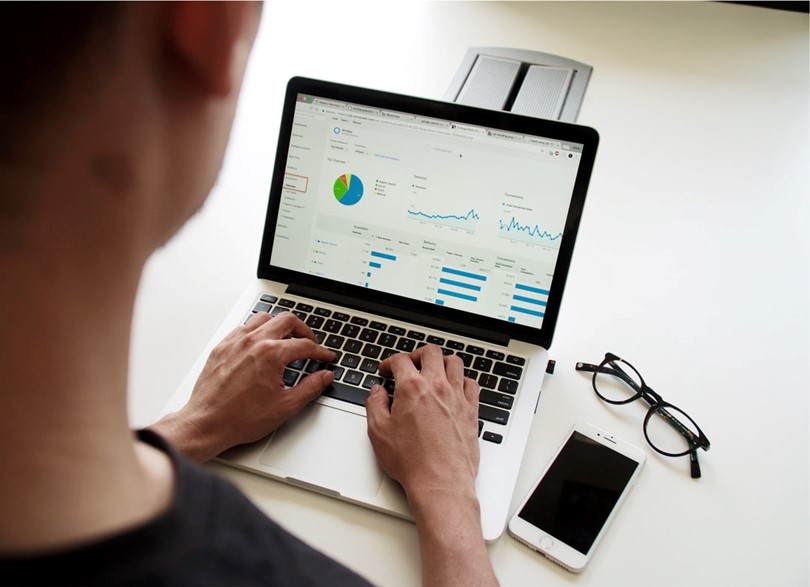Data analytics is all about transforming data into useful information for making informed decisions. It helps business managers understand what is happening in their business and make better decisions about what to do next. Data analytics can be used in all aspects of the business including marketing, finance, operations, and human resources. It can help businesses to optimize their performance, make better decisions, and identify opportunities and threats. In short, data analytics is a powerful tool for business intelligence. Learn more about the impact of data analytics on the following page.
Figure out the business problem you are trying to solve

The first step in using data analytics for business intelligence is to understand the business problem you are trying to solve. What questions do you need to be answered in order to make better business decisions? What data do you need to collect and analyze in order to get those answers? Once you understand the business problem, you can begin to gather the data you need. This may include data from internal systems, such as customer databases or sales data, as well as data from external sources, such as market research or competitor websites.
Once you have the data and the answers to your questions, you can begin to make better business decisions based on that information. Data analytics can help you to identify trends, understand customer behavior, and make smarter decisions about where to allocate your resources. But keep in mind that there are different types of analytics best for different situations.
Understand the types of data analytics
There are a variety of different types of data analytics, each of which is designed to answer different questions about a business. The most common type of data analytics is descriptive analytics. This type of analytics is used to describe what has happened in the past. It can be used to answer questions such as how many sales were made last month, or what the average sale price is. Another type of data analytics is diagnostic analytics. This type is used to diagnose problems and find solutions. It can be used to answer questions such as why sales have been declining, or what the most common reasons for customer complaints are.
Finally, there is predictive analytics. This type of analytics is used to predict the future. It can be used to answer questions such as what the sales volume will be next month, or what the likelihood is of a customer returning to buy from your business again. All of these types of data analytics can be used to improve business performance. By understanding what has happened in the past, businesses can identify trends and patterns. By diagnosing problems, businesses can find solutions. And by predicting the future, businesses can make informed decisions about how to allocate resources.
Choose the right analytics tools

There are a variety of different analytics tools available for you to use on your computer, each with its own strengths and weaknesses. It is important to choose the tool that is best suited to the specific needs of the organization. When it comes to business intelligence, data analytics can be used for reporting, data preparation, data visualization, predictive analytics, machine learning, streaming analytics, and more.
Once the right tool has been selected, the next step is to gather the data. This data can come from a variety of sources, including internal data stores, public data sources, and customer data. Once the data has been collected, it can be analyzed to reveal insights about the business.
Businesses can gain a better understanding of their customers, their products, and their areas of opportunity and risk. Data analytics can help businesses make more informed decisions and improve their bottom line.







